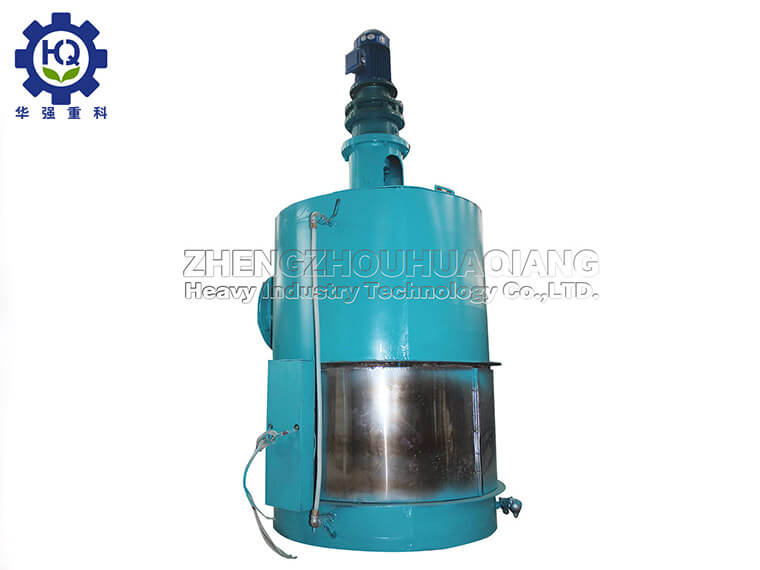In the field of fertilizer deep processing, the melting pot is an auxiliary equipment for granulators and coating machines. It is a core equipment for improving product purity and functionality, especially in the production of compound fertilizers and slow-release fertilizers. It plays an irreplaceable role. Its unique heating and melting process can increase the raw material conversion efficiency by more than 40%.

The melting pot adopts a double-layer jacket heating design, and the inner layer is made of high-temperature resistant stainless steel, which can withstand a high temperature of 800℃. Through heat transfer oil circulation heating or electric heating, the temperature in the tank can be accurately controlled to evenly melt solid raw materials such as ammonium phosphate and urea into liquid. The stirring system adopts an anchor stirring paddle, combined with variable frequency speed regulation technology, to ensure that the material is heated evenly and avoid nutrient loss caused by local overheating.
In the compound fertilizer production line, the melting pot can melt and mix a variety of raw materials to form a homogenized melt. After subsequent granulation and cooling, the nutrient distribution deviation of the particles can be controlled within 3%, which is much lower than the 8% of the traditional mixing process. When processing slow-release fertilizer raw materials, it can accurately control the melting temperature to ensure the perfect combination of the coating material and the fertilizer core, extending the controlled release period by 2-3 months.
Compared with traditional equipment, the melting pot has higher thermal efficiency, a 30% increase in heating speed, and an automatic cleaning device inside the tank, which can be quickly cleaned after each production to reduce cross-contamination caused by material residues. Its sealed design can effectively recycle volatile raw materials and reduce the loss rate to less than 1%, saving hundreds of thousands of yuan in raw material costs for medium-sized fertilizer plants each year.
Whether it is producing high-concentration compound fertilizers or functional slow-release fertilizers, the melting pot can provide high-quality raw materials for subsequent processes through precise temperature control and efficient melting. Choosing a suitable melting pot can make fertilizer products achieve a qualitative leap in purity, stability and functionality, and gain an advantage in market competition.